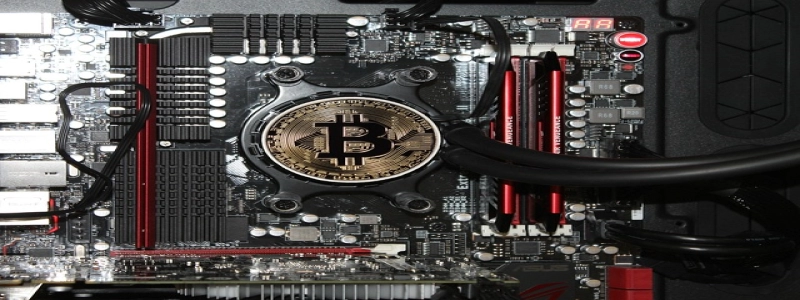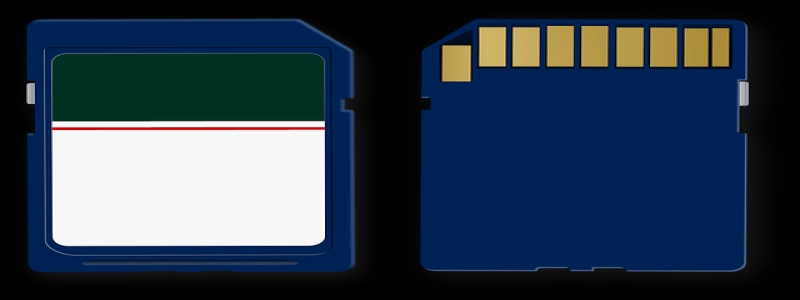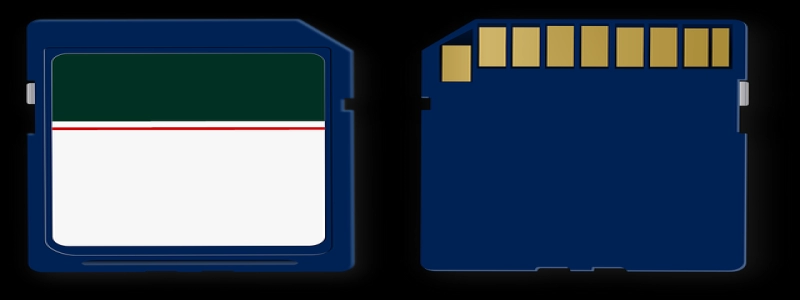SFP Optical Cable
Introduction:
The SFP optical cable is a crucial component in modern telecommunications and networking systems. It plays a pivotal role in transmitting data at high speeds and over long distances. This article provides a detailed explanation of the SFP optical cable, its importance, and how it functions.
I. What is an SFP Optical Cable?
The SFP optical cable, also known as the Small Form-factor Pluggable optical cable, is a type of fiber-optic cable used in telecommunications and networking. It comprises a small optical transceiver module and a fiber-optic cable connected through a connector interface. The SFP optical cable is widely used for data transmission and networking in various industries, including telecommunications, data centers, and computer networking.
II. Importance of SFP Optical Cable:
1. High-Speed Data Transmission:
The SFP optical cable enables high-speed data transmission, making it an essential component in modern networking systems. It allows for the transfer of large volumes of data quickly and efficiently.
2. Long-Distance Connectivity:
Unlike traditional copper cables, SFP optical cables can transmit data over long distances without significant signal degradation. This makes them ideal for connecting devices that are far apart, such as buildings in a campus network or different floors within a large office building.
III. How does an SFP Optical Cable Work?
1. Optical Transceiver Module:
The SFP optical cable consists of an optical transceiver module that converts electrical signals into optical signals. This module includes a transmitter and a receiver. The transmitter converts electrical signals into light signals, while the receiver converts light signals back into electrical signals. The transceiver module is built into a small form-factor pluggable housing, making it easy to install and replace.
2. Fiber-Optic Cable:
The optical transceiver module is connected to a fiber-optic cable, which carries the optical signals over long distances. The fiber-optic cable consists of a core, which carries the light signals, surrounded by a cladding layer for protection. The cable is designed to minimize signal loss and maintain the integrity of the transmitted data.
3. Connector Interface:
The SFP optical cable is connected to devices through a connector interface. The interface ensures a secure and stable connection between the cable and the device, minimizing signal loss and maintaining high data transmission speeds.
Conclusion:
The SFP optical cable is a vital component in modern telecommunications and networking systems. Its ability to provide high-speed data transmission over long distances makes it indispensable in various industries. Understanding the working principles and importance of the SFP optical cable is crucial for professionals working in the field of telecommunications and networking.








